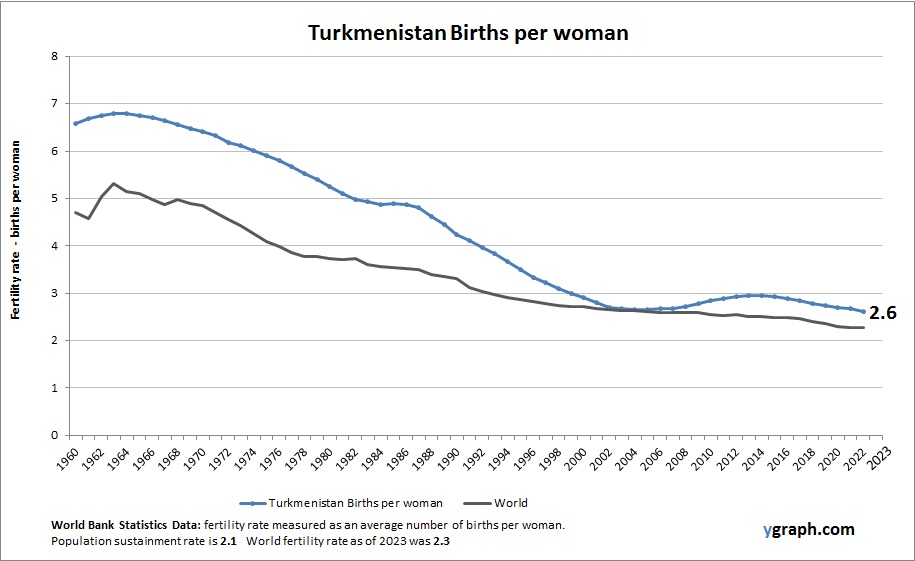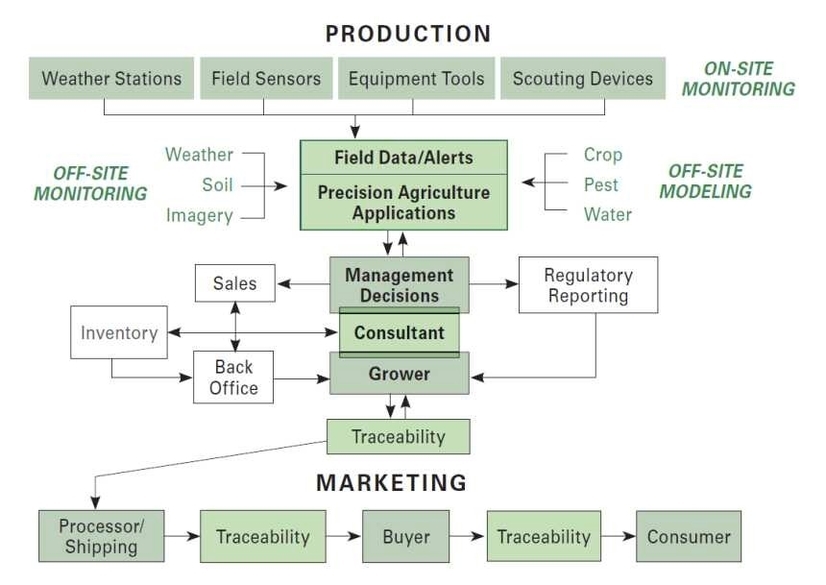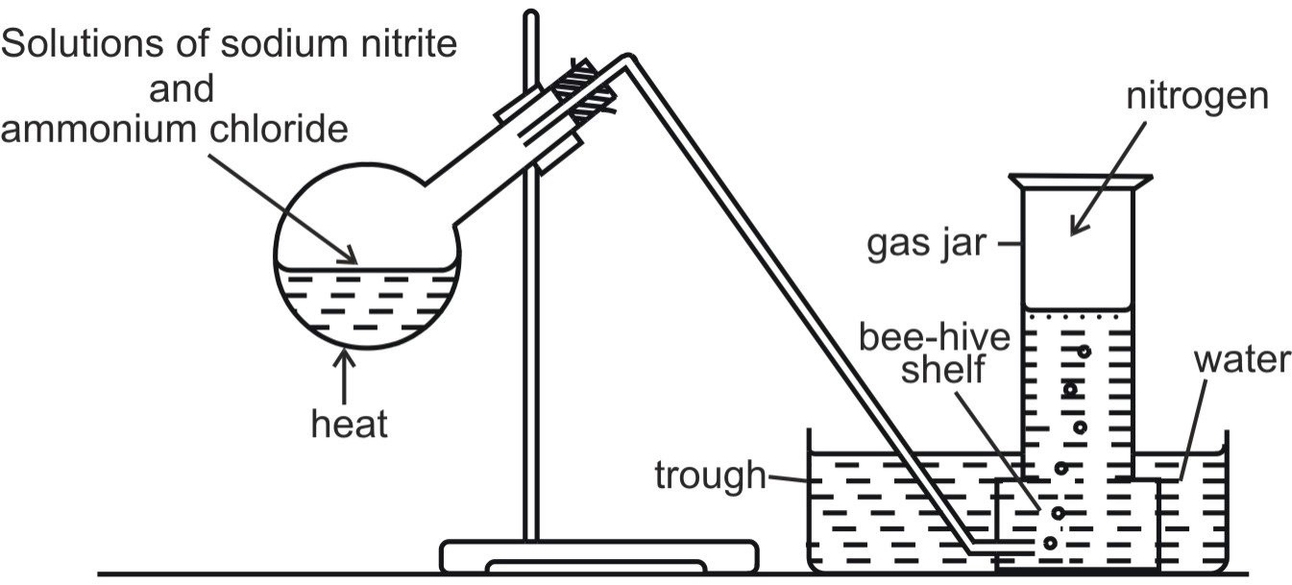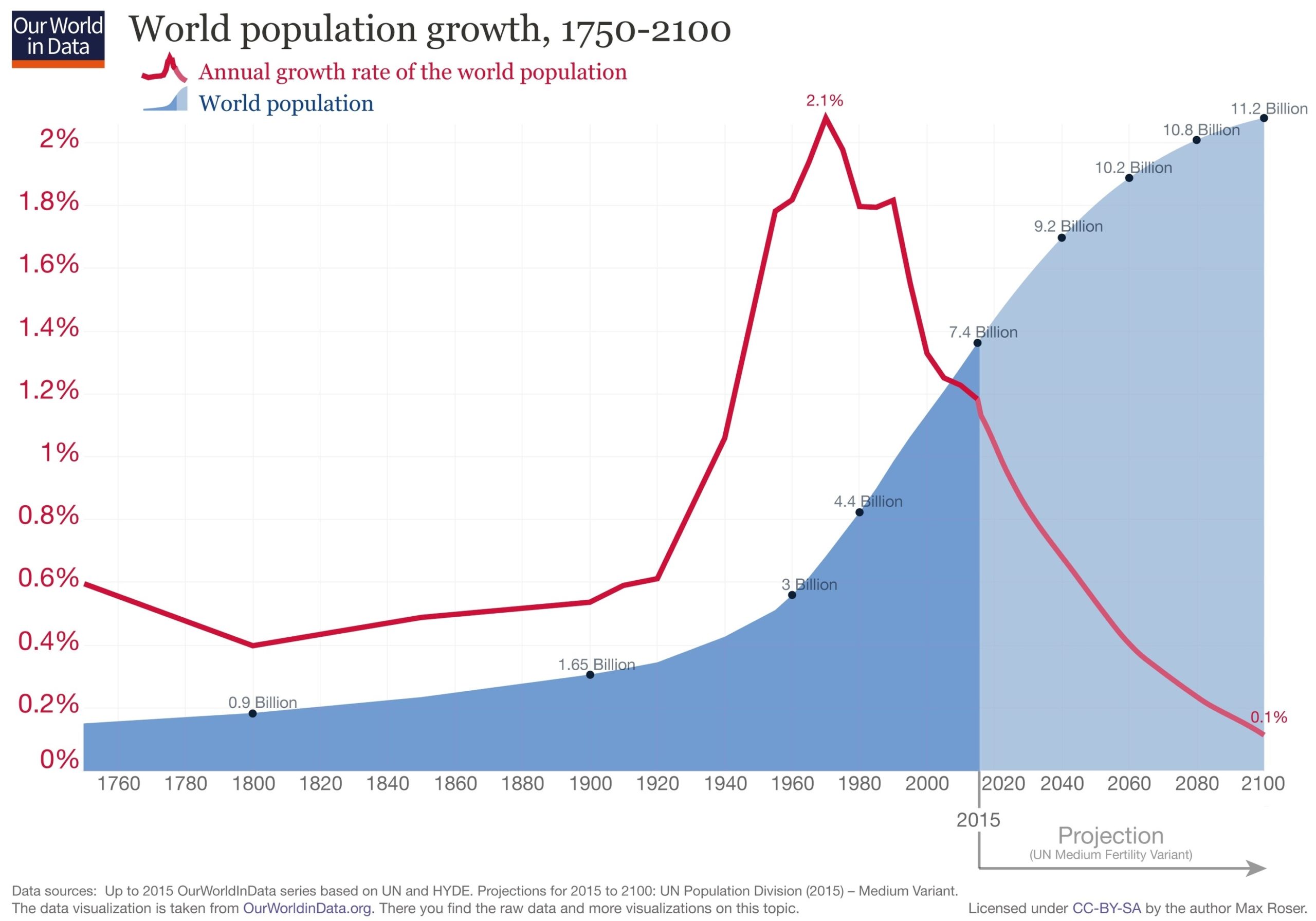This diagram presents Turkmenistan Births per woman. The fertility rate statistics are compiled by World Bank. Based on the latest available information for Turkmenistan.

Your Graphs, Charts and Diagrams
Agriculture Production Flow is the process of managing the inputs and outputs of agricultural systems to produce food and fiber. It involves various decisions that farmers make to combine land, water, labor, seeds, nutrients, pesticides, machinery, and management skills into practices and systems that optimize crop growth, yield, and quality. It also considers the economic, environmental, and social impacts of different production methods and technologies.
Agriculture Production Flow can be divided into several categories, such as:
– Soil and crop management: deciding what crops and varieties to grow and in what sequence to utilize the soil’s productive capacity, and what tillage

Line structures, also known as skeletal structures or line bond structures, are a simplified way of drawing organic molecules that are commonly used by organic and biological chemists. The convention is quite simple and makes it easier to draw molecules, but line structures do take a little bit of getting used to. Carbon atoms are depicted not by a capital C, but by a corner between two bonds, or a free end of a bond. Open-chain molecules are usually drawn out in a zig-zig shape. Hydrogens attached to carbons are generally not shown: rather, like lone pairs, they are simply implied (unless a positive formal charge is shown, all carbons are assumed to have a full octet of valence electrons). Hydrogens bonded to nitrogen, oxygen, sulfur, or anything other than carbon are shown, but are usually drawn without showing the bond.
Line structures are used to represent organic molecules in a compact and simplified way. They are particularly useful for larger, more complex biological molecules, where it becomes impractical to use full Lewis structures. Line structures make it much easier to see the basic structure of the molecule and the locations where there is something other than C-C and C-H single bonds.
In order to interpret condensed and line structures, it is important to understand how to draw them. To draw the condensed structure of a given Lewis Structure or line structure, one must first understand the basic structure of the molecule. For example, if you look ahead in a chapter on organic chemistry, you will see that the figures are somewhat different from the Lewis structures you are used to seeing in your general chemistry book. In some sources, you will see condensed structures for smaller molecules instead of full Lewis structures. To draw the line structure of a given Lewis Structure or condensed structure, one must understand the convention of line structures. Carbon atoms are depicted not by a capital C, but by a corner between two bonds, or a free end of a bond. Open-chain molecules are usually drawn out in a zig-zig shape. Hydrogens attached to carbons are generally not shown: rather, like lone pairs, they are simply implied (unless a positive formal charge is shown, all carbons are assumed to have a full octet of

World population growth is the change in the number of people living on Earth over time. It is influenced by factors such as birth rates, death rates, migration, and environmental changes. Here is a brief overview of world population growth in about 1000 words:
The world population has increased rapidly in recent centuries, reaching 8.1 billion people in 2024. However, the growth rate has slowed down from its peak of around 2% per year in the late 1960s to around 0.9% per year in 2024. This slowdown is mainly due to the decline in fertility rates, which is the average number of children per woman, across most regions of the world. Fertility rates have fallen from about 5 children per woman in 1950 to about 2.4 children per woman in 2020. This decline is influenced by various factors, such as education, health, contraception, urbanization, and women’s empowerment.
The current population increase is estimated at around 73 million people per year. This means that every day, there are about 200,000 more people on the planet than the day before. The majority of this population growth occurs in low- and middle-income countries, especially in Africa and Asia, where fertility rates are still relatively high and mortality rates are declining due to improvements in health and sanitation. In contrast, high-income countries have low or negative population growth, as fertility rates are below the replacement level of 2.1 children per woman and migration is not enough to offset the aging and shrinking of the population.
The future of world population growth is uncertain, as it depends on the trends and projections of fertility, mortality, and migration, which are influenced by various social, economic, and environmental factors. The latest UN projections suggest that the world population could grow to around 8.5 billion in 2030 and 9.7 billion in 2050, before reaching a peak of around 10.4 billion people during the 2080s. The population is expected to remain at that level until 2100[^
